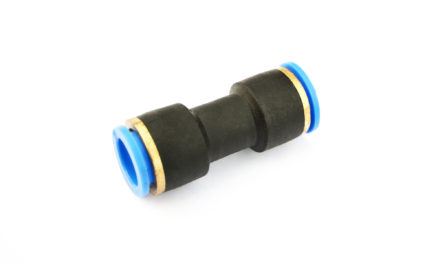A pneumatic motor is a fancy term for “air motor.” Basically, it’s a mechanism that takes compressed air and converts it to energy for mechanical work. These types of motors are able to provide continuous power, unlike electrical tools which need to pause to be recharged.
Air motors also contain fewer components than electrical motors, making them more durable. Together, let’s explore their purposes as well as a few of the most common types.
Purposes
Pneumatic motors serve a variety of purposes. If you’ve ever been in a tire shop where air guns are used, you’ve likely seen a pneumatic motor.
Many of our favorite hand tools also contain small pneumatic motors. Sanders, drills, and grinders often use this method of air compression to operate.
Although these motors are small and the power is low, the benefit is that they don’t need to be recharged like electrical tools.
Types
Through your research, you’ll find that there are many different types of air motors. Here are a few of the most popular forms.
Vane Air Motors
Vane motors operate through axial vanes that fit into various slots throughout the length of the motor. The vanes seal interior chambers and, in combination with the compressed air, the two components begin to rotate. Once the motor begins to rotate, the compressed air can move from chamber to chamber, creating power.
Piston Air Motors
Piston air motors are quite common. These motors have four to six cylinders. Each cylinder holds air pressure which then releases to generate power. Given the manner in which they store energy, these motors have powerful torque and great control over their speed. These motors are best suited for heavy tools that operate at low speeds.
Double Rotor Air Motors
Double rotors sound just like their name. They contain two gears that turn on an axis. One gear rests on the output shaft while the other produces power, or torque. The compressed air drives two flanges which move in opposite directions, producing a rotating action.
Turbine Air Motors
Turbine air motors make use of a nozzle that pushes air into a turbine wheel. The wheel contains a rotor with curved blades. Compressed air is then pushed through the nozzles which hit the blades and turn the rotor. All this works together to create a system of high pressure/low speed movements and low pressure/high speed movements.
Which Pneumatic Motor Is Right for You?
Knowing what a pneumatic motor is and how it works can help you choose the right tool for your purposes. Your desired power and speed will help you make the right decision.
And we can certainly help you with that. Here at Morse, we’re industry leaders in fluid handling components and applied engineering solutions. Together, we can work with you from product concept to packaging.
Our fully integrated assembly teams can handle any task, from hose assembly to the design of complex control panels. Contact us today to see how we can bring your products to life!





Recent Comments